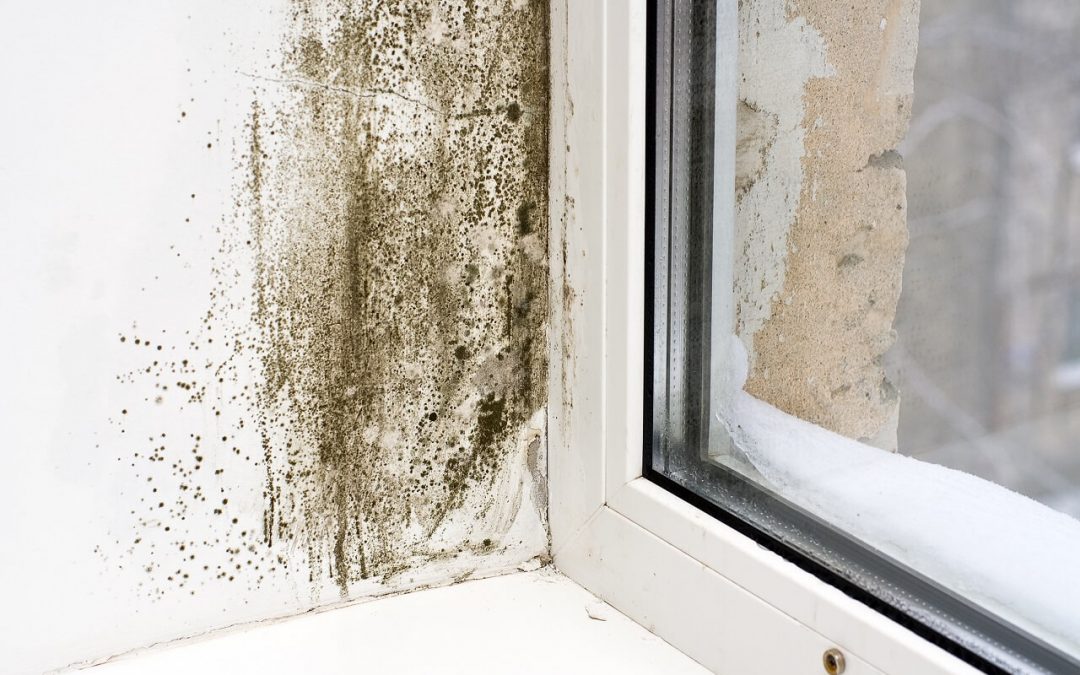Many homeowners contend with mold issues in their homes as a result of roofing or plumbing leaks. Mold is a serious issue that should not be allowed to get out of hand. It can cause health problems for your family and structural issues in your home. If you aren’t sure whether you have a problem, look for these signs of mold in the home.
You Notice Water Damage
Moisture is one of the main contributors to mold growth, so if you find visible signs of water damage, chances are good that you might have mold in your home.
Even if a leak in your home has already been fixed, the moist environment may have given mold spores enough of a foothold to spread, especially if you also struggle with high humidity in your home.
A Musty Smell is One of the Signs of Mold
If you’ve noticed a persistent musty smell in your home, you might have a mold problem. This is a concern especially if you’ve noticed the odd smells in conjunction with other signs of mold such as water stains, bubbling paint or wallpaper, or warped boards.
The location of the smell may help you determine if it’s a sign of mold. If the scent is especially strong in poorly-ventilated areas like attics and basements or near sinks and tubs, then it’s likely that you have a mold problem.
Visible Growth is a Sign of Mold
One sure sign that you’ve got mold in your home is that you can actually see it. Visible forms of mold include white, black, green, or brown patches, though mold can be almost any color and pattern. If you notice discolored areas where a home has been damaged by moisture in the past, it most likely is mold growth.
Unfortunately, visible mold means that there’s more beneath the surface that might require professional help to properly remediate.
Signs of Mold Include High Indoor Humidity
Moisture is the primary ingredient necessary for mold growth. If your home is humid and damp enough that you feel sticky or clammy, then your indoor humidity is too high. Visible condensation on the inside of your windows or on mirrors indicates indoor moisture is high and your home is a perfect environment for unwanted mold growth.
Purchase a moisture gauge at a hardware store. Ideal indoor humidity should fall between 30 and 60%. If the humidity level in your home is higher, use a dehumidifier to reduce moisture in the air.
Allergy Symptoms Can be Signs of Mold in the Home
Another noticeable sign of mold in your home is that you experience allergic or cold-like symptoms that never seem to go away. These symptoms can include itchy, watery eyes, post-nasal drip, itchy skin, shortness of breath, headaches, and a persistent cough. Mold in the home aggravates existing respiratory problems like asthma and bronchitis, making the symptoms harder to treat.
Take Steps to Rid Your Home of Mold
Mold in your home can cause or exacerbate respiratory health conditions and compromise the structural integrity of your home. Take steps to prevent mold growth and keep an eye out for any signs that you might have a mold infestation.
These signs might include water damage, visible mold growth, and musty odors. Additionally, if your indoor humidity is too high, then your home is prone to mold growth even if it’s not yet a problem. Steps should be taken to lower the humidity indoors.
Morgan & Associates Inspection Services offers home inspection services in Middle Georgia. Contact us to request an appointment.

